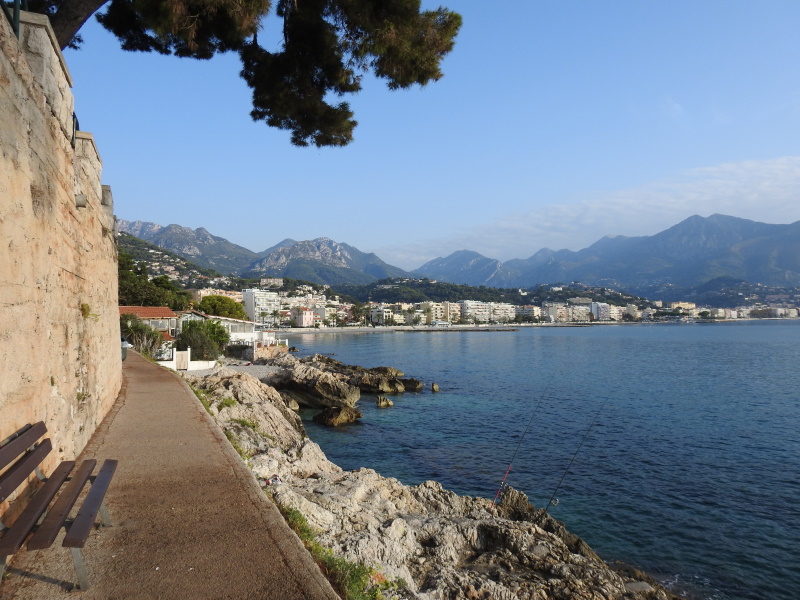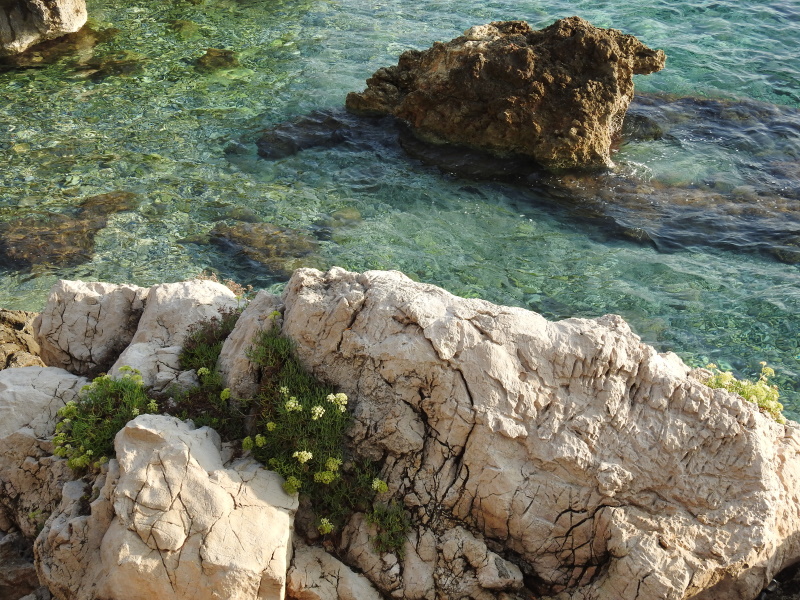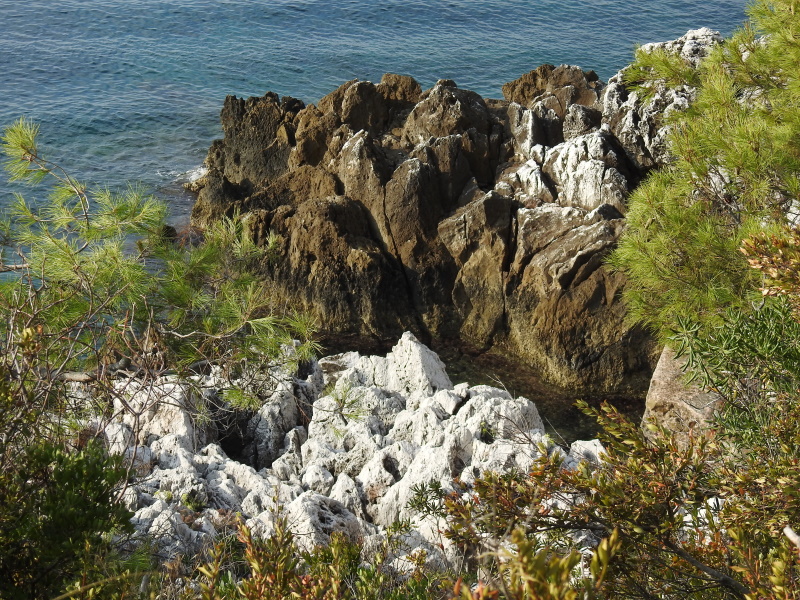Blog TWHS Visits
Mediterranean Alps
Monaco was my penultimate country to visit in Europe (only Moldova is left now). This tiny city-state has no WHS but it does have a transboundary candidate: the Mediterranean Alps. Monaco has been heading this proposal, allowing its partners Italy and France to have another go in the same year. In 2019, the 3 countries withdrew their nomination after a negative advice by IUCN. The idea is still alive though, it has a dedicated website and news reports suggest that they are aiming for the WHC of 2021.
When I zoomed into what this site entails for Monaco, it transpired that the Principality only participates in 1 of the 8 locations that comprise this TWHS. Furthermore, its contribution is only marine and that marine zone starts way off Monaco’s coast, kilometers far into the territorial waters. Probably because otherwise the anchored yachts of a Saudi prince or Roman Abramovich would have been affected or Prince Albert’s land reclamation efforts disturbed? To consider this a Monégasque nomination is a farce in my opinion.
To get a feel anyway for location 6 of this TWHS, the territorial waters between Cap Ferrat and Canyon della Roya, I hiked from the train station of Carnolès to Monte Carlo via Cap-Martin. Here, a few "Caps" or headlands border the nominated sea area. I used the former custom officer’s path, which has been relabelled ‘Promenade le Corbusier’ as it passes his Le Cabanon.
The day before I had already noticed how hot it can get here, so I left early. It is a 9km walk to Monaco on a paved and fairly wide path. There are a lot of benches along the route, probably set up for the many retirees that spend the winter at the Mediterranean coast. Along the way I mostly met joggers on their morning routine though. The route starts with a loop around the peninsula of Cap Martin, what I found in hindsight the prettiest part of the hike.
The Mediterranean Alps has been nominated solely for its geological values, or to be more precise its tectonic values such as “continental rift and associated volcanism”. It’s hard to explain in a few words what the oustanding value would be – IUCN found it too narrow and specialized to recognize. Especially this location 6 and the marine part have been criticized. I had no idea what to look out for, so I just photographed the pointy rocks at the shoreline which may be of volcanic origin. They also feature in images on the nomination website.
The path was easy to follow. After the Cap Martin peninsula you walk next to the railway towards Monaco, which with its skyscrapers can be seen from afar. It even directly passes Le Cabanon, a beach house by the architect Le Corbusier and one of the 17 locations of the WHS dedicated to him. Unfortunately it wasn't accessible - there are guided tours but this year from September on they closed until the next season. After a hot walk of more than 2 hours I arrived in the streets of Monaco. There is no border control, just a sign as if you were entering the next municipality. But visited country #117 it is!
Els - 27 September 2020
Comments
Daniel Chazad 30 September 2020
In my opinion, they could have underlined the application by adding the Oceanographic Museum of Monaco with its direct association with significant oceanographic campaigns and the first maps of the world's ocean depths. It is one of the best examples of Baroque Revival architecture worldwide and was built on challenging terrain ("between the Alpes and the Méditerranée"). It would also honor Jacques Cousteau, who was director from 1957 to 1988. Ultimately, it would make it possible for ordinary mortals to visit a component of this (T)WHS without having to wear a wetsuit.
Clyde 29 September 2020
It's more of a way of 'awarding' at least one WHS per country; a tendency that became evident in recent years.
winterkjm 27 September 2020
I wonder if Monaco will provide an IUCN representative with a scuba experience within their territorial waters to prove there is some geological value?


